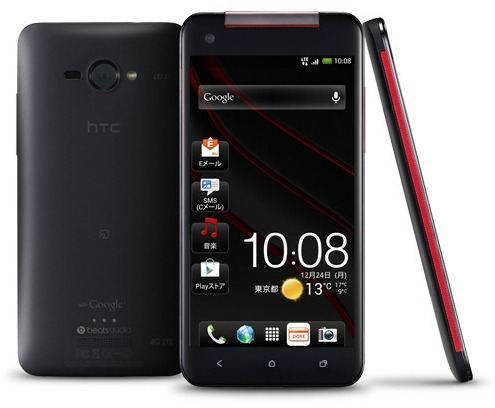Display Expert: Smartphones With 1080p Resolutions Won't Look Any Better Than 720p Displays
There's a new wave of smartphones or "phablets" such as the HTC's (2498) 5-inch J Butterfly that will have screen resolutions that top out at 1080p resolution, double that of today's 720p resolution smartphones. With the added resolution, phone makers are going to boast about how photos and videos are sharper and clearer, and how visually, you'll be able to see more. But unless you've got perfect 20/20 or have the screen pressed up against your eyeballs, you probably won't be able to notice the difference between 720p and 1080p on such a small device, says Dr. Raymond Soneira, president and CEO of DisplayMate.
In an ArsTechnica interview, Dr. Soneira said that most people won't be able to notice the added sharpness that a 1080p resolution would bring to their smartphones because photos and videos are spread over multiple pixels, and thus are still "fuzzy" no matter what the resolution is.
"Even the tiniest image detail in a photograph is always spread over more than one pixel. The image detail is never perfectly aligned with the pixel structure of the display," said Dr. Soneira. "For ordinary viewing of videos, 1920×1080 is really not going to make a visual difference."
Not only that, but as you hold the smartphone further away from your eyes, the sharpness is reduced, just as it is when you sit further away from an HDTV. Even for people with 20/20 vision, Dr. Soneira says a 1080p resolution would be wasted because most people's eyes "can't resolve sharpness above 229 [pixels per inch]."
However, Dr. Soneira does point to one advantage a 1080p smartphone would have over 720p and lower devices: more breathing room for user interface elements such as buttons and text. For example, a higher resolution would allow for more pixels of a website to appear or more words in an email.
And just because Dr. Soneira is saying 1080p won't really make a big difference doesn't mean smartphone makers won't push it as a selling point. They will.
